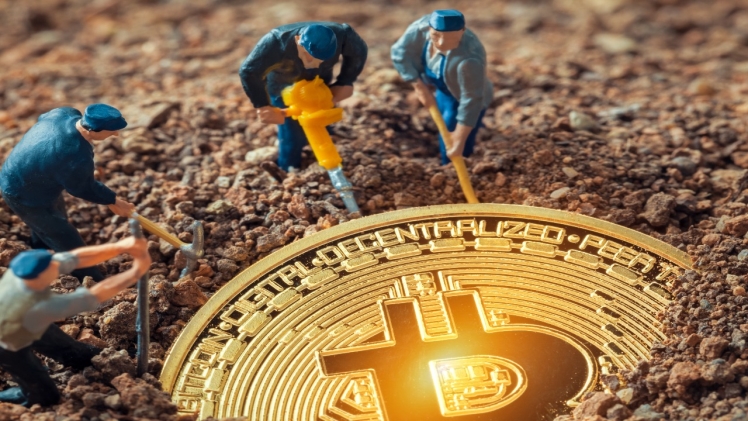If you are interested in mining, you may be wondering what a crypto mining pool is. A crypto mining pool is a service that allows you to buy a share of a mining pool that uses a specific algorithm and hardware to mine CeFi cryptocurrencies. The company running the pool will pay you for a share of the resulting crypto coins. This is a simple, yet very effective way to get started in the world of mining.
Pay per share (PPS) method
The pay per share (PPS) method for crypto mining pools offers miners a simple way of receiving payouts. These pools reward miners by distributing the transaction fees among the shares of hash power that they contributed. Moreover, miners are rewarded with a fixed amount of income every day. This method is relatively stable and can provide better returns over the long term.
However, pools that utilize this payment scheme are not without risk. Miners may experience loss of earnings if the pool is unable to find blocks. It is also important to remember that pools that utilize this method do not include network fees.
The Pay Per Share method for crypto mining pools is not the only payment option available to miners. Other payment options are the Full Pay Per Share and PPLNS methods.
Pools that use these reward schemes are typically more expensive than those that do not. This means that it is recommended that low-end hardware miners look for a pool that has a low payout threshold.
PPS+ method
Pay Per Share Plus (PPS+) is a method that combines the benefits of the PPS and PPLNS payment schemes. The combination provides miners with a predictable block reward payment. Unlike the previous versions, PPS+ also includes transaction fees as part of the payout.
The PPS+ method uses a new allocation scheme to calculate the value of each share. In this scheme, shares are worth a specific amount of mineable cryptocurrency. This is calculated at the end of each round.
The value of each share is based on the probability that a certain number of shares is needed to find a block. This is a statistically based calculation that is affected by the difficulty of the cryptoasset. A higher computational output means a greater reward.
The Pay-Per-Share method is a popular mode of payment for mining pools. This is because it allows for the least amount of variance in payments for miners. As opposed to the PPLNS model, this method is relatively stable. However, it is risky for pool operators.
Multipool mining
Multipool crypto mining is an excellent way to boost the overall profit potential of a cryptocurrency miner. With a multipool, the work of a small group of miners is aggregated to create a high-paying reward for the entire group.
Multipools also offer the convenience of switching between different networks and altcoins. In addition, they make it easy to monitor the progress of each coin and compare it to your goals.
There are several types of crypto mining pools, such as Multipool, ScryptGuild, LTC Rabbit, Coinex, and NiceHash. Each pool uses a different method to calculate the value of a single block. It is important to learn about all these methods to make the most of your time.
Multipool is probably the most well-known among its peers. Although it isn’t as big as Cryptsy or Coinex, it offers a wide range of coins. If you are a beginner, Multipool’s tutorial will guide you through the process.
Changes in the crypto mining space
The crypto mining space is undergoing dramatic changes. One major change is the transition from proof of work to proof of stake. This is expected to occur in June 2022. By that time, the number of newly minted bitcoin will have fallen by half.
Other changes include the growth of cryptocurrency trading platforms and the construction of data centers. These changes will impact the power consumption of the crypto sector.
There are also a wide variety of uses for blockchain technology. Many of these use a less energy-intensive ledger technology.
It is difficult to accurately monitor electricity usage. Because of this, there is no clear way to tell how much the crypto sector is affecting power sources and the environment. However, the federal government is taking actions to reduce greenhouse gas emissions and grow the clean energy economy.
Some countries have taken steps to make mining operations illegal. In China, miners have had to dismantle their rigs and sell hardware in livestreamed auctions. That has left a massive hole in the international market.

